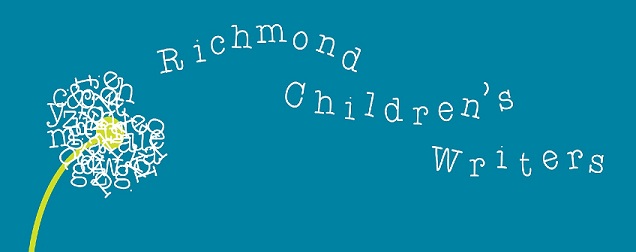I began writing by starting with magazine pieces: short stories, poems, games, and articles. After about seven years and over 50 published articles, I tackled the herculean task of writing a novel. In so many ways, magazine writing helped prepare me for that.
1. I learned to write concisely. Most magazines have strict parameters for word count. I learned to find the core of the story and stick to it, to find the salient bits of information and focus on those. Turns out that's important for longer pieces as well.
2. I wrote across many genres and ages of readers. Fiction, nonfiction, poetry, historical fiction, folktales, crafts and activities, humor, puzzles and games--you name it and I tried it. I found that some genres interest me more than others and that versatility is a valuable trait for a writer.
3. I became intimately acquainted with rejection. This is a big deal. Many writers never quite become comfortable with it. Even after I felt like I knew what I was doing, I still got tons of rejections; probably 9 out of 10 submissions were rejected. After a while, rejection just became part of the process for me. I learned to glean information from it, move on, and submit more. Sadly, the rejection experience continues throughout a writer's career (there
are a few individual exceptions to this, I suppose). The earlier you get used to it, the better.
4. I learned to welcome criticism. That's right,
welcome it.
Crave it.
Seek it out. Because I saw how it made my writing stronger. Whether it was from people in my writing group, professionals at conferences, or (thrill!) editors to whom I had submitted, criticism was an opportunity to improve.
5. I built my resume. When I started querying agents, my writing credits were an important asset. It showed that other professionals had found my writing up to par.
6. I met a lot of wonderful people in the world of children's publishing. These people not only inspired me, but also encouraged and supported me. I'm so grateful for each of them!
7. I began to think of myself as a writer. It seems like a small thing, but it factors into how you envision your future, what you are capable of, how you deal with obstacles. All of these perceptions significantly affect the outcome of your efforts.
What about you? How did you learn what you needed to learn about writing?
If you are interested in learning about other writers' paths to publishing success, you can attend our FREE event, presented by
SCBWI in Richmond on April 28. More details
here.






